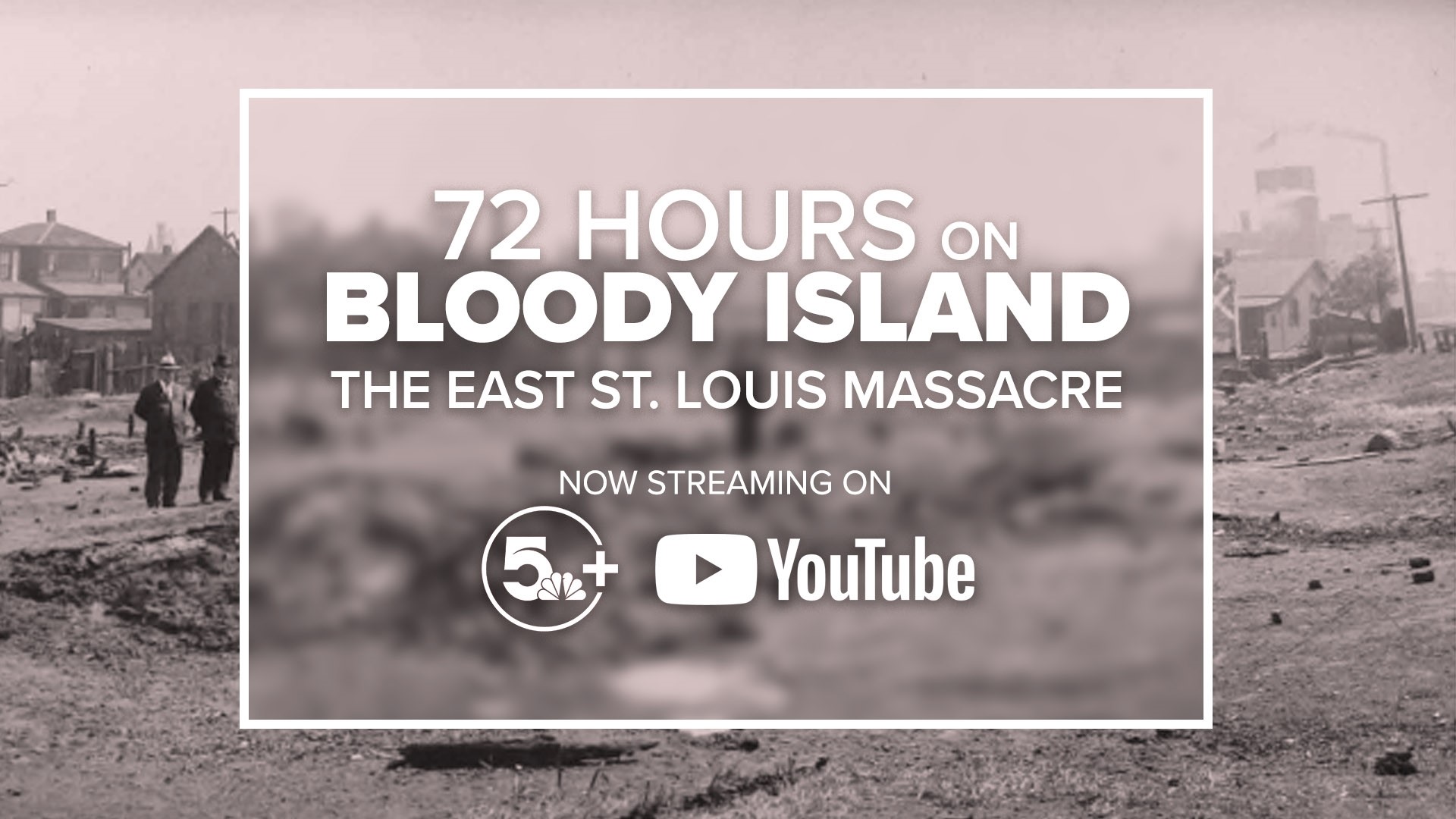EAST ST. LOUIS, Ill. — Seventy-two hours of terror-stricken shrills echoed throughout the night. Nearly 4,320 minutes of fighting to survive a violent mob. And 259,200 seconds of hoping for salvation.
Neighborhoods were obliterated. Countless savage attacks were unleashed during the bloodshed.
That’s just a glimpse of what happened during one of the bloodiest race riots of the 20th century.
East St. Louis became the center of heavy industrial manufacturers and a promising start for migrants by 1910. Black East St. Louisans lived in a thriving community. That became appealing to many people below the Mason-Dixon line who were eyeing an escape from the Jim Crow South.
“In their minds, [Illnois] was a safe haven from the oppressive South,” St. Louis Alderman Terry Kennedy (D-18th Ward) said. “It didn’t quite pan out that way.”
On May 28, 1917, the Champaign, Illinois Daily News reported on a city council meeting to discuss the influx of imported Black workers. White union workers angrily filed a formal complaint about the migration.
Former East St. Louis Mayor Fred Mollman told the audience that 6,000 Black people had arrived to offset the shortage of factory and wine workers who went on strike. The ongoing woes of World War I also had a lasting impact on the labor force as many men were ditching their tools for guns.
However, in July of that year, tension boiled over. The story is often not taught in the history books but has been passed down.
“It wasn’t just men. Women and children were stabbed with hairpins. Stomped. Bricked,” Anne Walker said. Walker’s family rode into town as the race war was ongoing.
“We don’t call it a race riot. It was a race war! ” Terry Kennedy of St. Louis said.
His relatives passed down stories about his father’s fight for survival during the East St. Louis Massacre. Kennedy believes if this generation didn’t keep this story alive, it can be swept under the rug.
The East St. Louis Massacre is something that weighs dearly on the heart of local residents. The locations of violence occurred in predominantly Black neighborhoods. Now, they are just abandoned vacant lots. Sacred site markers are placed in these areas to emphasize where hundreds were attacked, beaten, and killed.
5 On Your Side spoke to several families whose history is intertwined with the East St. Louis massacre of 1917. The documentary "72 Hours on Bloody Island: The 1917 East St. Louis Massacre" is available to watch on YouTube and 5+.
5 On Your Side is always streaming on 5+. Download for free on Roku or Amazon Fire TV.

